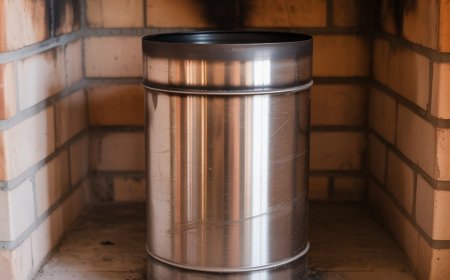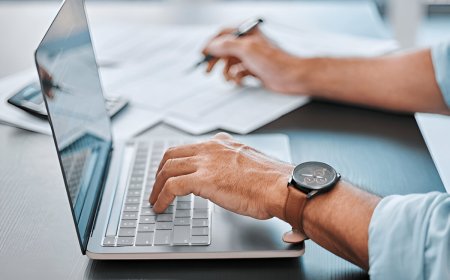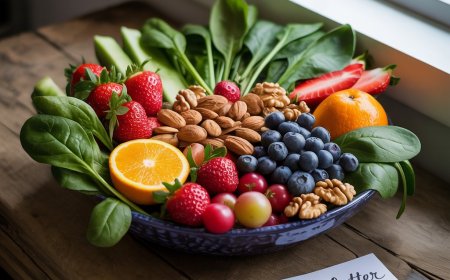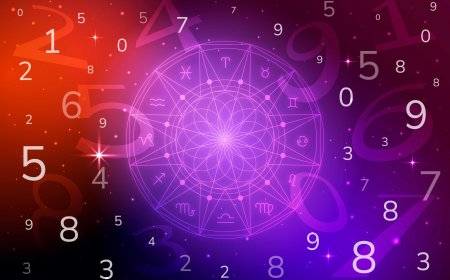How AI and VR Are Transforming the STEM Education Experience
Discover how AI and VR are revolutionizing STEM education by boosting critical thinking, solving real-life problems, and inspiring innovation in learning.
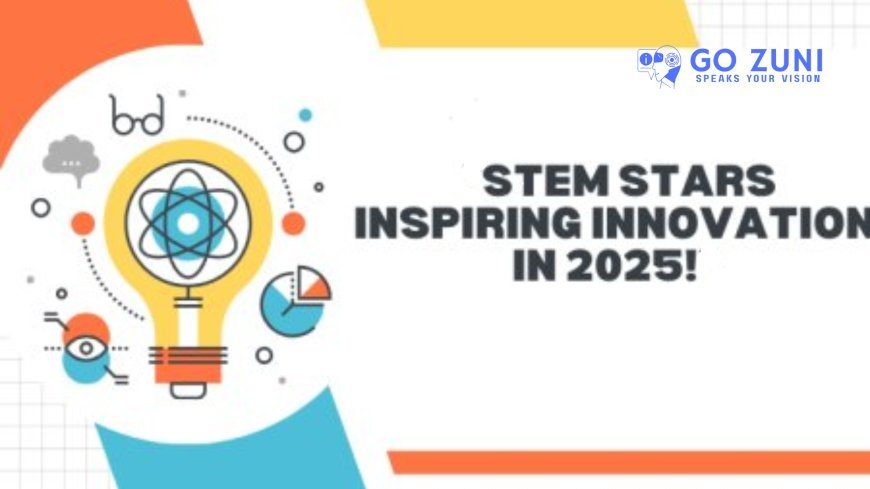
The Future Is Now: A New Era for STEM Learning
A few years ago, if youd told me that students could walk through the solar system or dissect a frog without touching a scalpelall from a classroomId probably smile politely and move on. But today, that's exactly what's happening.
STEM educationonce rooted in textbooks and chalkboardsis undergoing a thrilling transformation. Artificial intelligence (AI) and virtual reality (VR) arent just buzzwords; theyre reshaping how students engage with science, technology, engineering, and math. And if youre someone exploring a future in IT, education tech, or any innovation-driven field, nows the perfect time to pay attention.
Lets dive into how AI and VR are reimagining STEM classrooms and empowering the next generation of problem solvers.
AI: The Intelligent Tutor That Never Sleeps
Imagine a classroom where every student gets personalized feedback, one-on-one tutoring, and lessons adapted to their unique pace. Sounds like a dream, right? Thats the magic of AI in STEM education.
AI tools can analyze student performance in real time, identify knowledge gaps, and adjust content accordingly. For example, platforms like Century Tech or Squirrel AI use adaptive learning to ensure students dont just memorize conceptsthey understand them.
This level of customization fosters critical thinking, a skill essential in both academic and real-world settings. Rather than focusing on rote learning, students are challenged to approach real-life problems with logic, creativity, and confidence.
As someone who struggled with calculus in college (and had to Google what is a derivative more times than I care to admit), I can only imagine how an AI-powered learning assistant mightve changed my trajectory.
VR: Making the Impossible, Possible
If AI is the tutor, VR is the time machine and spaceship rolled into one.
Virtual reality brings abstract concepts to life. Instead of reading about Newtons laws, students can experience them by simulating motion, forces, and collisions in a VR environment. They can virtually tour the Large Hadron Collider or explore the inner workings of the human brain.
And the best part? Its immersive, hands-on, and safe. Think about itno expensive lab equipment, no travel logistics, and zero risk.
VR is especially impactful in education STEM programs for underserved schools. Where physical resources are limited, virtual labs can provide access to experiments and experiences students would otherwise never have. Thats not just innovationits innovationeducation at its finest.
Solving Real-Life Problems With Virtual Tools
The beauty of AI and VR isnt just in the wow factor. These technologies are helping students develop the ability to tackle real-life problemsa cornerstone of effective STEM education.
Picture a middle school student using VR to simulate flood patterns in different terrains. With guidance from an AI coach, they test variables, draw conclusions, and refine their approach. What theyre doing isn't just learning sciencetheyre practicing engineering in a digital sandbox.
This kind of experiential learning turns abstract theory into practical understanding. And in a world where automation and AI are reshaping industries, thats exactly the mindset we need from future innovators.
What It Means for Future IT Professionals
If you're considering a career in IT, especially in edtech, data science, or software engineering, this transformation in STEM education is a sign of what's to come. The tools you buildor learn to work withwont just crunch numbers or generate code. Theyll help shape minds.
And here's the kicker: the line between learning and doing is blurring. Students using AI and VR today arent just consuming contenttheyre creating, problem-solving, and building a foundation for a career in innovation. Theyre your future colleagues, collaborators, and maybe even startup partners.
Final Thoughts: Embrace the Shift
AI and VR aren't replacing teachers or traditional learningtheyre enhancing them. They're breathing new life into STEM classrooms, making learning more relevant, personal, and powerful.
As someone passionate about tech, I find this intersection of education and innovation incredibly exciting. Whether youre a student, educator, or IT enthusiast, theres never been a better time to lean into this wave of change.
















